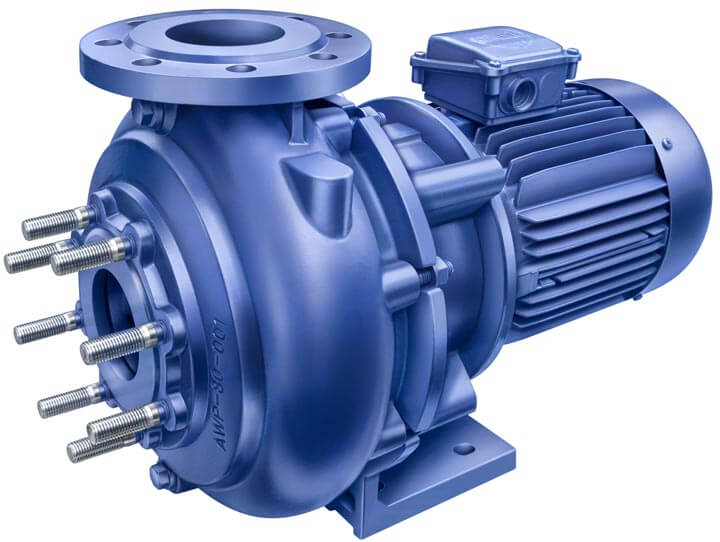The systems have to operate in a number of difficult conditions. High temperatures, fluid dynamics that are complex and toxic or corrosive liquids can all be encountered in industrial water pump systems.
Pump efficiency is also affected by the layout of piping and flow control equipment. Simple tricks such as cutting your tongue on the vat and removing tees, elbows and restrictive piping, will boost the performance of your pump by one or even two percentage points.
Effective Operations
In selecting the right pumping system, efficiency is an important factor. Energy-efficient technologies offer several benefits that can reduce energy consumption and improve the reliability of your system.
The best chance for energy savings is through the correct sizing and selection of pumps. Pumps can be oversized to meet operational requirements that do not happen often. A pump that is oversized is operating at a considerable far away from the highest efficiency (BEP) and waste energy.
By keeping the motor closer to BEP, VFDs can save energy and prolong motor life. It also increases the required Net Positive Suction (NPSHr) as well as reducing low flow habits which can cause vibrations, and reduce performance.
Using booster sets to move between locations of operation, or putting the pumps parallel bom cuu hoa will allow you to save on the energy bill during times of low demand. is lower demand. Monitoring of the energy use continuously permits the maintenance of a system in real time and optimizes it.
Different types of industrial water pumps
There are a variety of industrial water pumps. Choosing the right pump for an industrial application is vital in terms of effectiveness, efficiency, and security. The reliability and the requirements for maintenance of a specific pump are also crucial.
The piston pump works with an alternative motion. It creates suction by moving the piston downward. When the piston is raised the fluid pushes away from the chamber of the pump.
Parallel pumping is another way to conserve energy. In order to maintain the efficiency of pumps throughout their lifespan, regular routine maintenance will be necessary.
Water Pumping Systems – Functions
To transfer liquid from the point of pumping to a point of consumption, industrial pumps are employed. They operate together with pipes for the transfer of fluid into and from the process. The design of these systems must be to work in a coordinated manner. Pumps are dependent on piping and must be optimized for efficient performance.
To improve the efficiency of the whole system, it is necessary to evaluate all of its parts and determine the areas for improvement. This approach can be better than focusing on just an element of pumping such as switching to a more energy-efficient motor.
It is crucial to select the right size of pump in order to minimize the energy usage. It involves evaluating the current operating conditions, and estimating future expansion demands and considering other factors such as operating hours, weather conditions, etc.
Industrial Pumping Systems: The Challenges
These pumps have to be durable enough to function in harsh environments. They also have to be able to withstand vibration and shock in addition. The machine will wear out with time and needs to be regularly maintained and closely monitored.
Corrosive or abrasive materials are able to quickly degrade parts of pumps and result in an increase in energy usage and decreased efficiency. For proper operation, it is crucial to control the flow of fluids and to disperse heat.
Cavitation is also an issue due to lower suction pressure at the pump’s intake. Self-priming design and the correct system layout to the pump could reduce this risk. Use of standard parts that are user-friendly and feature that allow for simple maintenance can reduce the cost of life through quick repairs and minimising the amount of downtime.
Water Pumping Technology The latest developments in water pumping technology
A number of technologies exist to increase the efficiency industrial water pumping systems. There are energy efficient systems, intelligent design, sealless technology, or advanced materials.
Variable speed drives and pressure sensors are useful tools to reduce the energy consumption of commercial structures. Pressure sensors can detect fluctuations in the flow of water and then automatically alter the system to reduce the amount of energy used. Variable-speed pumps are a great way to reduce energy usage by 30% while maximizing flexibility.
Achieving optimum performance is dependent on the correct dimension of the pump. To meet specific requirements, pumps can be oversized. This leads to significant energy losses. Replace an oversized pump with one of the correct size and you could reduce your energy usage by as much as 50 percent..



